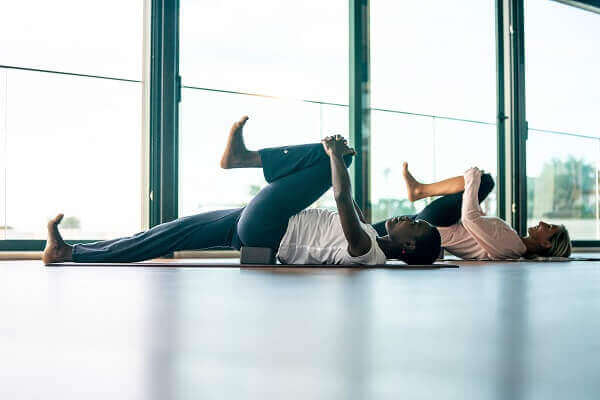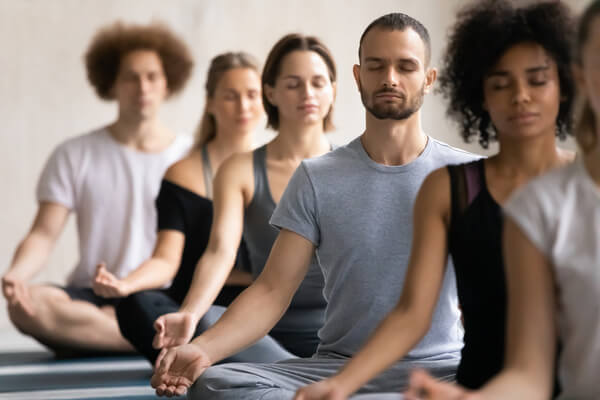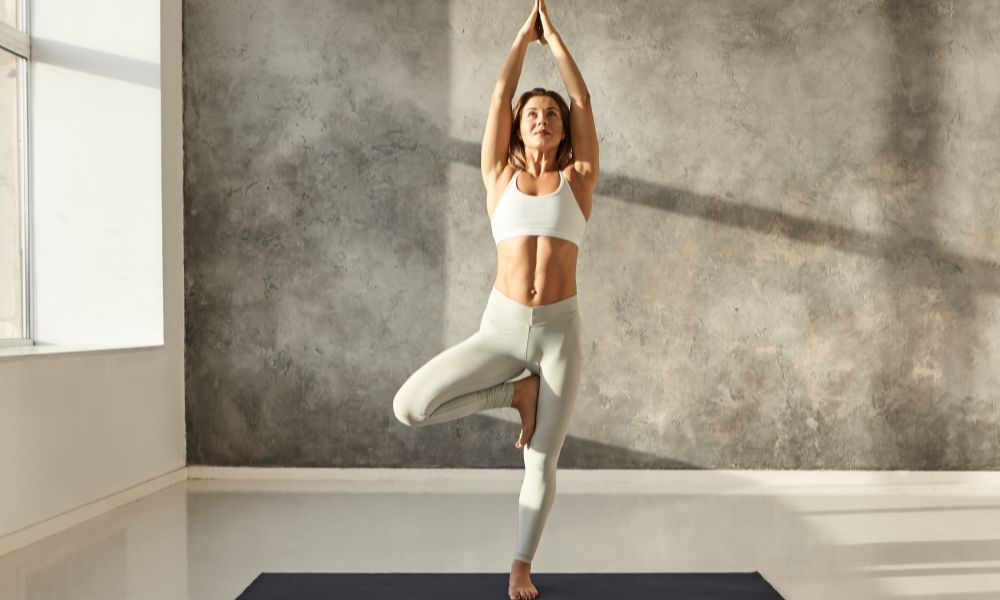Yoga is an ancient practice that combines physical postures, breathing exercises, meditation, and relaxation techniques to promote overall well-being. It has gained immense popularity in recent years due to its numerous health benefits and its ability to reduce stress and anxiety. If you are a beginner looking to start your yoga journey, this guide will provide you with the necessary information to get started.
Benefits of Yoga
Yoga offers a wide range of benefits for both the body and mind. Some of the key benefits include:
- Improved flexibility and strength
- Enhanced posture and body alignment
- Increased energy levels
- Reduced stress and anxiety
- Better sleep quality
- Improved focus and concentration
- Boosted immune system
- Increased self-awareness
Getting Started
Before you begin your yoga practice, it’s important to keep a few things in mind:
- Choose a comfortable and quiet space where you can practice without distractions.
- Invest in a good-quality yoga mat to provide cushioning and stability during poses.
- Wear comfortable clothing that allows for easy movement.
- Start with beginner-friendly classes or online tutorials to learn the basics.
- Listen to your body and take breaks whenever needed.
- Stay hydrated throughout your practice.
- Be patient with yourself and don’t push yourself too hard. Yoga is a journey, and progress takes time.
Basic Yoga Poses for Beginners

Here are some beginner-friendly yoga poses to get you started:
- Mountain Pose (Tadasana)
- Child’s Pose (Balasana)
- Downward-Facing Dog (Adho Mukha Svanasana)
- Warrior I (Virabhadrasana I)
- Tree Pose (Vrikshasana)
- Bridge Pose (Setu Bandhasana)
- Cobra Pose (Bhujangasana)
- Corpse Pose (Savasana)
Remember to start slow and gradually increase the duration and intensity of your practice. It’s essential to maintain proper form and alignment in each pose to avoid injuries.
Breathing Techniques

Breathing plays a crucial role in yoga. Two common breathing techniques you can practice are:
- Deep Breathing: Sit comfortably with your eyes closed. Inhale deeply through your nose, allowing your belly to expand. Exhale slowly through your nose, emptying your lungs completely.
- Alternate Nostril Breathing: Place your right thumb on your right nostril and inhale deeply through your left nostril. Close your left nostril with your ring finger, release your right nostril, and exhale. Repeat on the other side.
Practice these breathing techniques during your yoga sessions to promote relaxation and mindfulness.
Embarking on a yoga journey as a beginner can be both exciting and challenging. Remember to approach your practice with an open mind and a willingness to learn. With consistency and dedication, you will gradually experience the transformative benefits of yoga on your physical and mental well-being. Enjoy the journey and embrace the positive changes yoga brings to your life!


